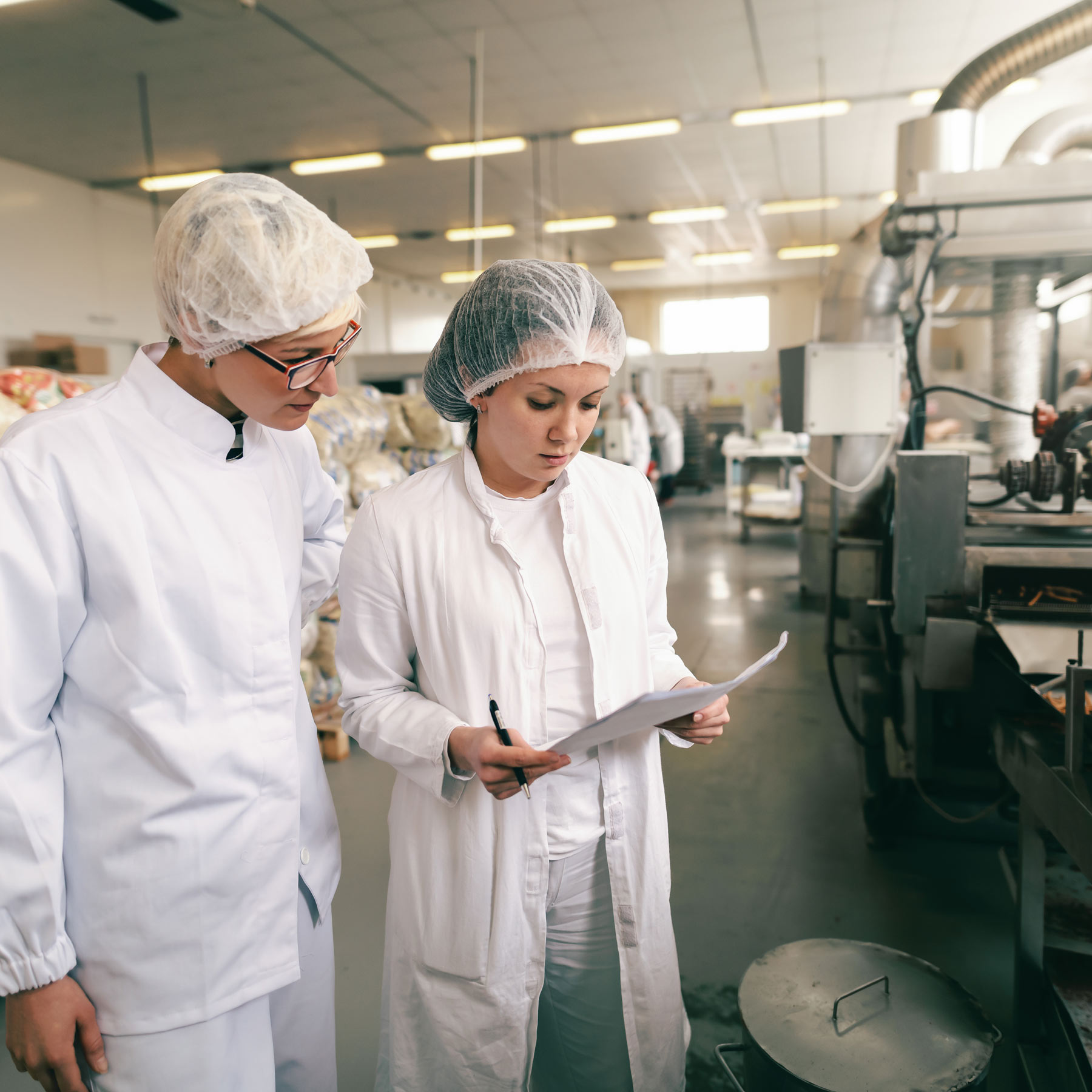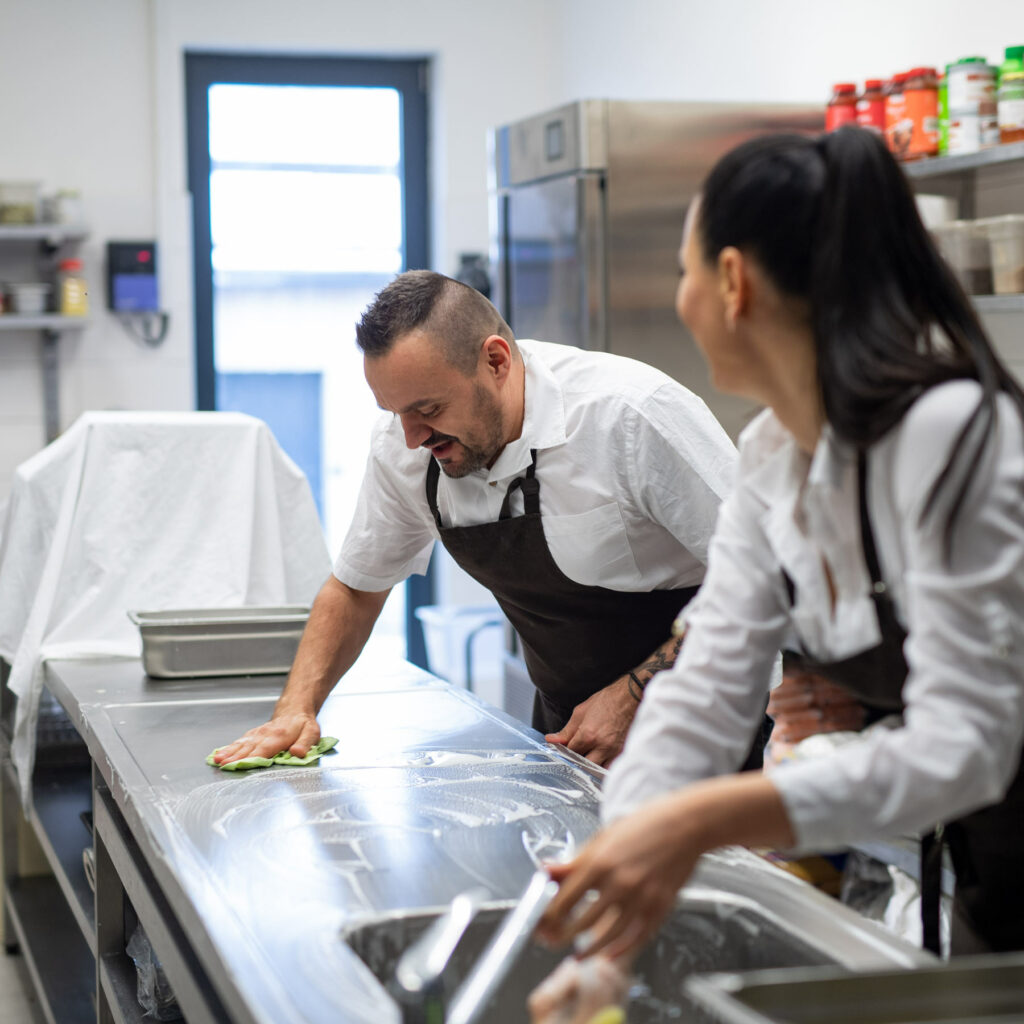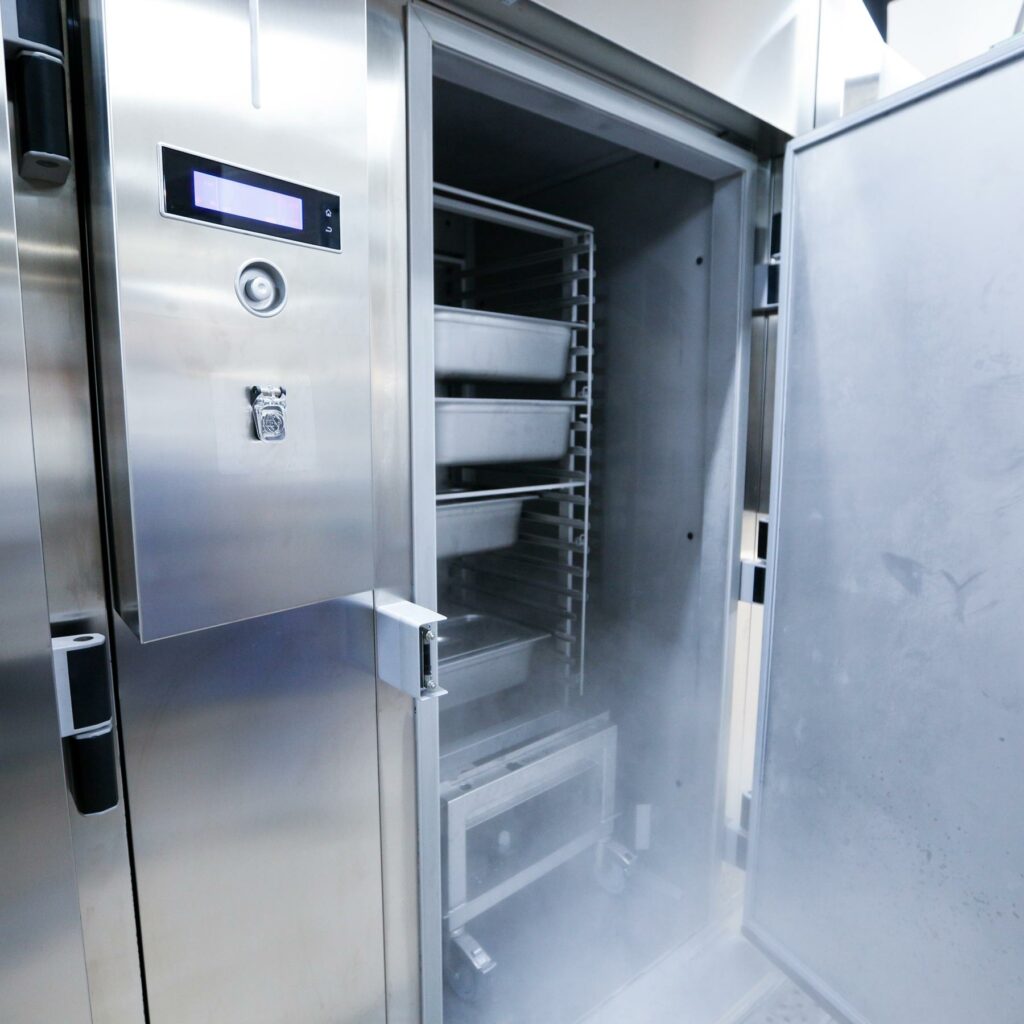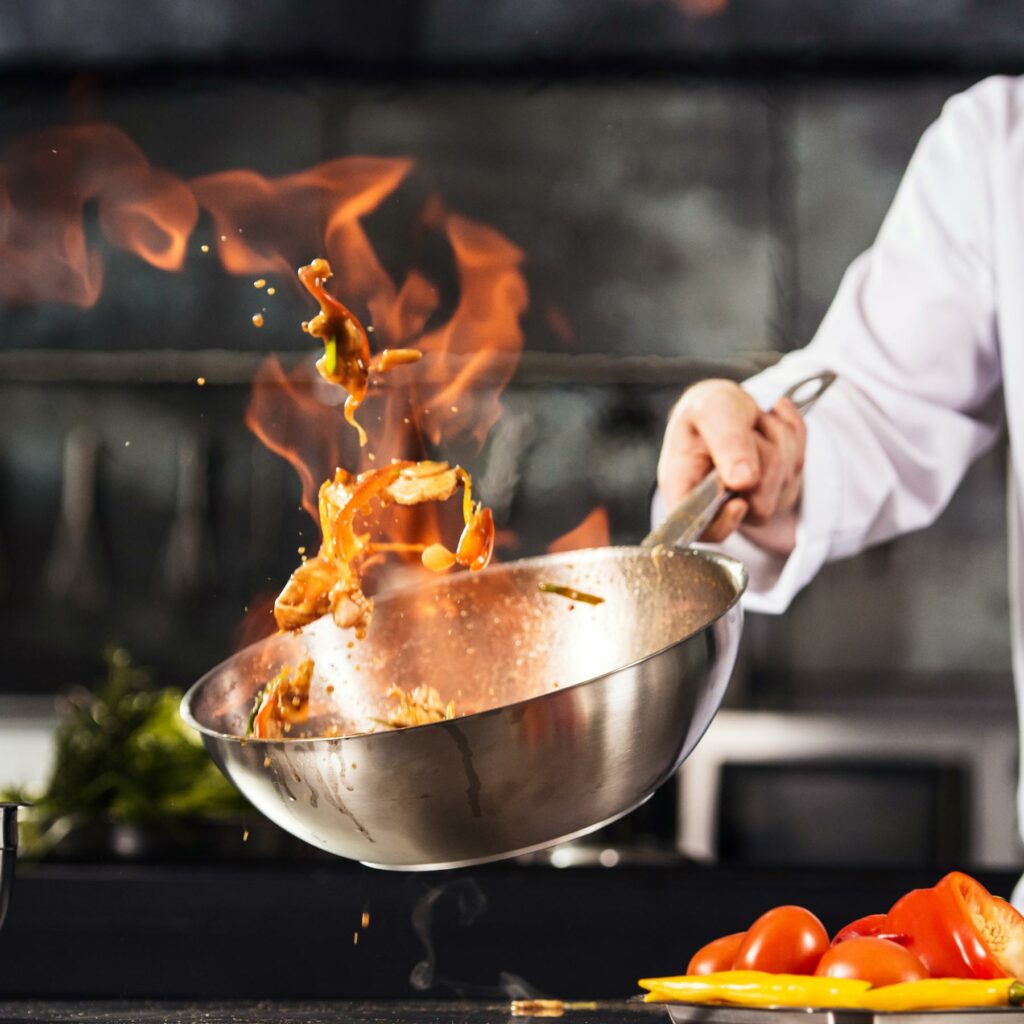Food Hygiene when preparing and selling food is vitally important and the below introduction to what is called the 4 C’s, will help you further understand what is required by the Food Standards Agency.

Food Hygiene Rating Support
Good food hygiene helps you to:
- obey the law
- reduce the risk of food poisoning among your customers
- protect your business’s reputation
Good food hygiene is all about controlling harmful bacteria, which can cause serious illness.
The 4 Cs
The four main things to remember for good food hygiene are know as the 4 Cs, these will help you prevent the most common food safety problems:

Cross-contamination is when bacteria are spread between food, surfaces or equipment. It is most likely to happen when raw food touches (or drips onto) ready-to-eat food, equipment or surfaces.
Cross-contamination is one of the most common causes of food poisoning. Do the following things to avoid it:
- Clean and disinfect work surfaces, chopping boards and equipment thoroughly before you start preparing food and after you have used them to prepare raw food.
- Use different equipment (including chopping boards and knives) for raw meat/poultry and ready-to-eat food unless they can be heat disinfected in, for example, a commercial dishwasher.
- Wash your hands before preparing food.
- Wash your hands thoroughly after touching raw food.
- Keep raw and ready-to-eat food apart at all times, including packaging material for ready-to-eat food.
- Store raw food below ready-to-eat food in the fridge. If possible, use separate fridges for raw and ready-to-eat food.
- Provide separate working areas, storage facilities, clothing and staff for the handling of ready-to-eat food.
- Use separate machinery and equipment, such as vacuum packing machines, slicers and mincers, for raw and ready-to-eat food.
- Separate cleaning materials, including cloths, sponges and mops, should be used in areas where ready-to-eat foods are stored, handled and prepared.
- Make sure that your staff know how to avoid cross-contamination.

Effective cleaning gets rid of bacteria on hands, equipment and surfaces. So it helps to stop harmful bacteria from spreading onto food. You should do the following things:
- Make sure that all your staff wash and dry their hands thoroughly before handling food.
- Clean and disinfect food areas and equipment between different tasks, especially after handling raw food.
- Clear and clean as you go. Clear away used equipment, spilt food etc. as you work and clean work surfaces thoroughly.
- Use cleaning and disinfection products that are suitable for the job, and follow the manufacturer’s instructions.
- Disinfection products should meet BS EN standards. Check product labels for either of these codes: BS EN 1276 or BS EN 13697.
- Do not let food waste build up.

Chilling food properly helps to stop harmful bacteria from growing. Some food needs to be kept chilled to keep it safe, for example food with a ‘use by’ date, cooked dishes and other ready-to-eat food such as prepared salads and desserts. It is very important not to leave these types of food standing around at room temperature. So, make sure you do the following things:
- Check chilled food on delivery to make sure it is cold enough.
- Put food that needs to be kept chilled in the fridge straight away.
- Cool cooked food as quickly as possible and then put it in the fridge.
- Keep chilled food out of the fridge for the shortest time possible during preparation.
- Check regularly that your fridge and display units are cold enough.

Thorough cooking kills harmful bacteria in food. So it is extremely important to make sure that food is cooked properly. When cooking or reheating food, always check that it is steaming hot all the way through.
It is especially important to make sure that you thoroughly cook poultry, pork, rolled joints and products made from minced meat, such as burgers and sausages. This is because there could be bacteria in the middle of these types of products. They should not be served pink or rare and should be steaming hot all the way through. Whole cuts of beef and lamb, such as steaks, cutlets and whole joints, can be served pink/rare as long as they are fully sealed on the outside.
There are some excellent documents that you can download from the FSA website and these documents will really support you with ensuring you reduce the risks associated with food controls. BioPest Management Ltd can support you with these documents and and other information relating to pest control within your business.